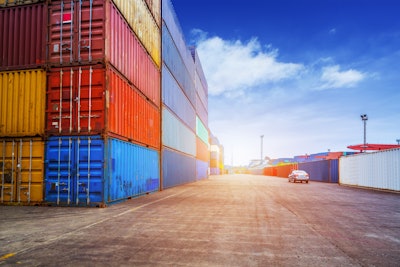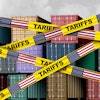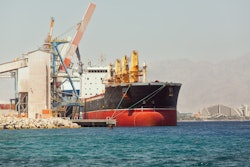
Against the backdrop of escalating tensions in Yemen, the Red Sea has become a focal point of concern for international trade.
The Houthi attacks continue unabated. Fortunately, the military presence in the region, led by the Americans and the United Kingdom, has proven effective in preventing the missiles and drones from reaching their intended targets. However, the damage is done and now impacting shippers and exporters in Asia.
“This is a nightmare situation for shippers and exporters as freight rates, container prices and insurance costs have escalated. The impact has been significantly deterrent for container vessels since last month, 70-80% of container traffic has been re-routed, especially the larger carriers,” says Christian Roeloffs, CEO of Container xChange. "As Chinese New Year approaches amid ongoing disruptions in the Red Sea, we anticipate a tightening of container availability and vessel space in the pre-Chinese New Year phase. The rerouting via the Cape of Good Hope adds complexity to the situation. We expect freight rates to remain elevated, and supply chain managers will need to navigate ongoing schedule disruptions.”
“Looking beyond Chinese New Year, we project blank sailings and capacity reduction by carriers. The industry is witnessing a focused effort on resetting networks, leading to tightening of container availability and vessel space. While high freight rates and increased costs pose midterm challenges, our analysis indicates that these disruptions are not likely to be long-term. Rate reductions are anticipated on the horizon due to the structural overcapacity resulting from a severe market imbalance," Roeloffs adds.
Key takeaways:
- The Port of Eilat, Israel’s toehold on the Red Sea, has seen an 85% drop in shipping activity.
- The impact of disruptions in the Red Sea is reverberating in Europe, causing delays in shipments. Nevertheless, the persistent supply-demand imbalance has provided a cushion to the shockwaves.
- While the effects in India have not yet prominently surfaced, the impact of the Red Sea situation is rather glaring in China.
- The landscape has witnessed a remarkable shift if compared on a year-over-year, month-over-month basis. As of January, the xCPSI values have surged to historic highs, ranging between 67-71. This substantial increase signifies a complete reversal in sentiment, with the majority of supply chain professionals now anticipating a notable upswing in container prices.
"The current situation in the container industry reflects a highly competitive and rapidly evolving market. Container factories are operating at full capacity until March, with a surge in demand indicating the intensity of the current situation. The preference for brand new units highlights the market's anticipation of a prolonged scenario. The heightened demand has led to increased costs across leasing and trading, as suppliers seek quick returns by selling out their units. This has a cascading effect, with leasing suppliers adjusting prices due to rising trading costs, resulting in an overall inflation of prices,” Roeloffs says.




















